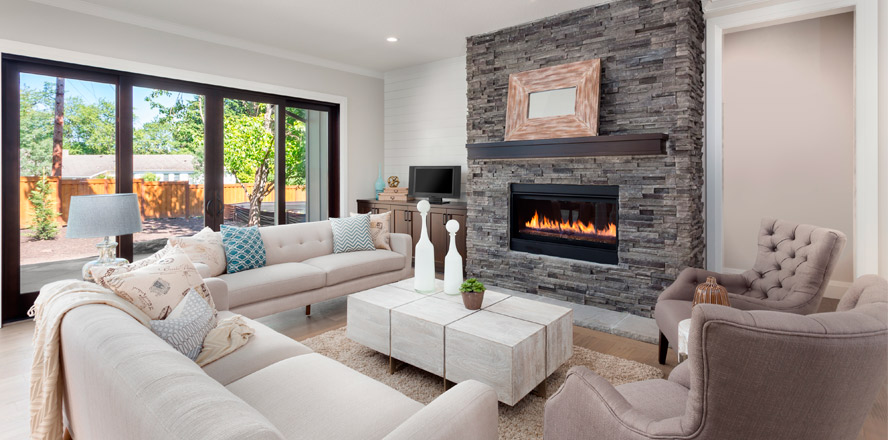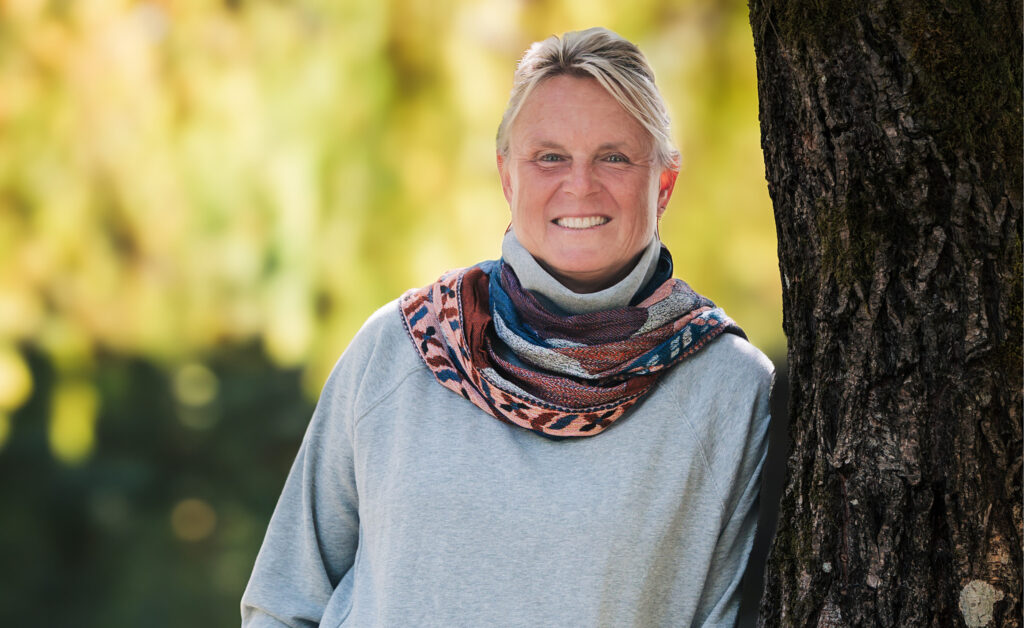by Janice Henshaw –
What makes our living rooms special? Warm, inviting, and welcoming? Yes, yes, of course, it’s your charming and winsome personality! But is there anything better after the chilly blast of a winter walk by the sea than cuddling up on the couch in front of a blazing fire with your family, the one you love, or a really good book? OK, OK, forget about that trip to Hawaii for now – instead let’s talk fireplaces!
Open fireplaces are high on the polluting list. They are quite inefficient in terms of heat production, because they burn wood at a prodigious rate, and send a lot of unburned gases, particulate matter and heat up the chimney. They also cause drafts as air for combustion is sucked from other rooms in the house. Vaughn Hildebrand RBO, Senior Building Official of the Town of Sidney says that although there is no restriction on solid fuel burning, the number of permits for appliances and chimneys for the past five years is very low; Sidney has only averaged three permits per year.
Modern wood-burning fireplace inserts have replaced open fireplaces in many houses. They are attractively finished and have an aerodynamic firebox that results in far less firewood being burned compared to open fireplaces over the same burning time.
Wood stoves have also improved over time. Prior to 1994, wood stoves and open fireplaces released an average of 60 to 100 grams or more of particulate material per hour. New wood stoves release two to five grams/hour, and, by May 2020, B.C. wood stove manufacturers will adhere to the U.S. Environmental Protection Agency Standard of less than two grams/hour. A revolutionary change that’s good for air quality!
The B.C. Wood Stove Exchange Program provides a financial incentive to replace older wood stoves with cleaner heating options such as heat pumps, gas stoves and EPA-certified wood stoves. They report that over 7,000 wood stoves have been replaced by cleaner-burning models. However, heat pumps and electric heating are definitely the best environmental choice in B.C. because we have an extremely clean electrical grid. Electric heating causes no local air quality or greenhouse gas emissions. But increasing storms may cause longer more frequent power outages, especially in rural areas. And it can be expensive.
If you are using wood, you can help reduce pollution and increase efficiency by using properly dried wood and other cleaner-burning practises. Buy wood in the spring and store in a dry place for at least six months, not in the fall, when you need it! The province of B.C. recommends splitting pieces to a maximum of 10-15cm to maximize surface area and increase burning efficiency. Properly dried wood has much lower water content and burns at a higher temperature, thus releasing less smoke and fine particulate matter into the atmosphere.
Stand-alone pellet stoves or inserts are even more efficient than burning wood. According to BuildingGreen, an independent consulting firm, many stoves operate at less than 1.0 g/hr. Pellets are most often made from sawdust, bark or other mill leftovers. One issue though is that the fans – one that provides combustion air to the burn pot and one that circulates warm air to the room – can be noisy. Also, because the heat is provided by fan-forced convection, it does not feel as cozy as radiant heat. Due to their electrical components, pellet stoves will not operate in a power outage unless there is a short-term battery backup system.
Gas-burning fireplaces or inserts (propane or natural gas) are certainly convenient to use. You push the button on your remote, and immediately have instant radiant heat and a lovely flickering fire at the exact temperature that you want. There is no need to go outside in the cold, dark night because you forgot to carry in firewood and you don’t have to watch out for your fingertips as you chop kindling by moonlight. No splitting up rounds for firewood, no need to clean the chimney, or dig out ashes. (Note: If your fireplace doesn’t turn on, you may want to check that you are not pushing the buttons of your TV or telephone remote!). Another benefit of natural gas is that, while it isn’t as good for the environment as clean, B.C. electricity, it does substantially reduce local air quality impacts that arise from burning wood.
Another option, particularly for people who can’t or don’t wish to install a full fireplace in their apartment or home, is a contemporary electric fireplace that can be mounted in, or on, the wall. Behind tempered, safe-to-touch glass, the flames are set in driftwood logs, white stones, crystals or river rock. Many come with a contemporary frame and mantel, meaning they can add elegance to any room in your home, but not much heat – that’s why your TV can be mounted above them. They are inexpensive to run if they are in light mode only because they use LED bulbs. Heat is provided by way of metal coils or infrared technology.
Some fire-seekers also use ethanol-fueled tabletop firepots. They give off very little heat and have a real flame so they likely shouldn’t be used anywhere children or animal friends are likely to go. Also, if refuelling takes place while the fire bowl is still lit, the vapours from the fuel canister can ignite and burst out of the filling container in a violent flame jet.
Lt. Darrin Blinko, Firefighter/ Fire Inspector/Community Risk Reduction for the Town of Sidney says: “The message from my office is simple. If using these types of appliances, be sure they are completely out by snuffing out or suffocating the unit and make sure it has cooled down below the fuel flashpoint before refuelling. Have an accessible portable fire extinguisher and regularly test your smoke and carbon monoxide alarms. Create a home escape plan that includes two ways out and a meeting area for the family.”
After taking care of safety aspects, it’s time to think about the wonderful atmosphere a decorated fireplace can add to a festive occasion. If you have a mantel, try experimenting this Christmas with unique stocking holders. Add in pinecone ornaments, sprigs of evergreen in glass jars, tiny lights around glass bottles, wreaths—there is no end to creativity here. How about a family night or a social decorating event with friends? Consider using natural and recycled materials to keep the holidays gentle on the environment. Some old toys might add to the fun too. Family photos from the past year can roll by on a TV screen. Put on some Christmas carols and simmer a pot of water with orange rind and cinnamon to add a sweet balm for the senses.
Stay warm, stay safe, and enjoy your fires, friends!




